Ieper actually has two fabulous pieces of Gothic architecture. First, the Stadhuis and St. Maartenskathedraal.
Ieper's Stadhuis.
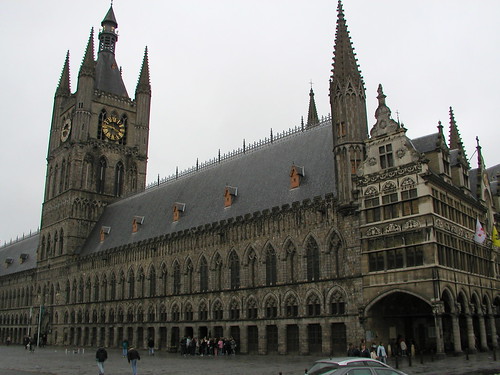
Buddy in front of Ieper's Stadhuis.

St. Maartenskathedraal, Ieper, Belgium.
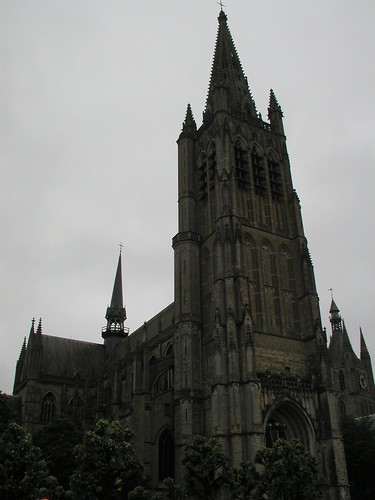
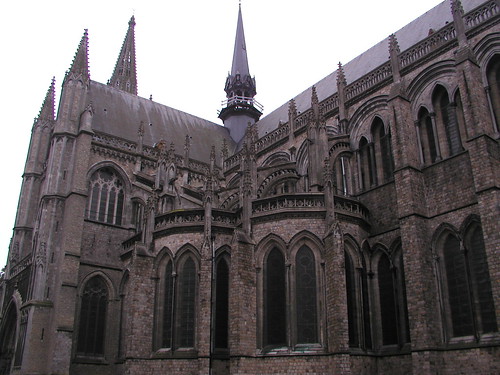
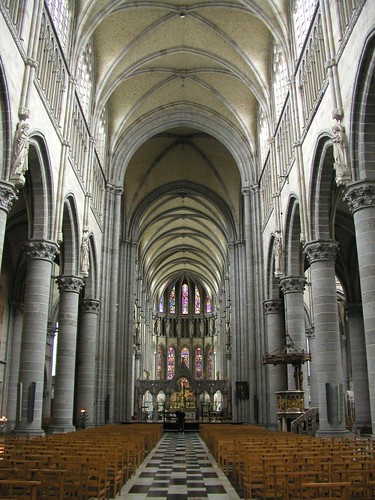
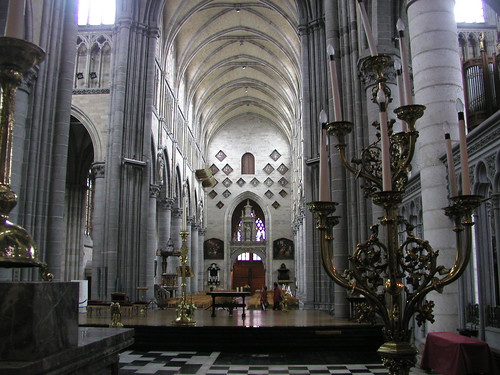
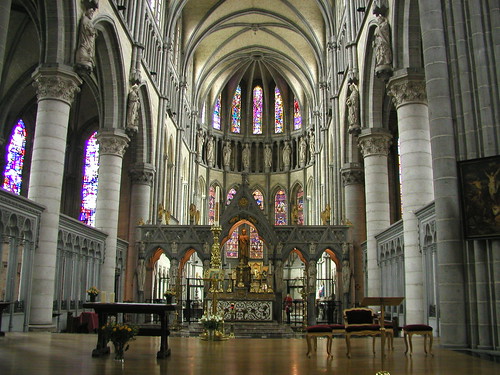
East of town, Menenpoort (or Menin Gate) is a moving war memorial built along the route WWI Allied solders took towards the front line. Troops on the “Menin Road” endured brutal German artillery attacks. After WWI, the British built this vast arch in memory of the 300,000 soldiers who perished in this corridor. The names of some 55,000 soldiers who died before August 17th, 1917 and whose bodies are missing are inscribed in the walls of the arch. Since 1928, every night at 8 pm, traffic is stopped at the gate as members of the local fire brigade sound the Last Post on silver bugles, gifts of the British Legion. The practice was interrupted during WWII, but was resumed the night Polish troops liberated the town on September 6, 1944.
Menin Gate in Ieper. The arch is filled with their names and regiment, as well as the year of death.
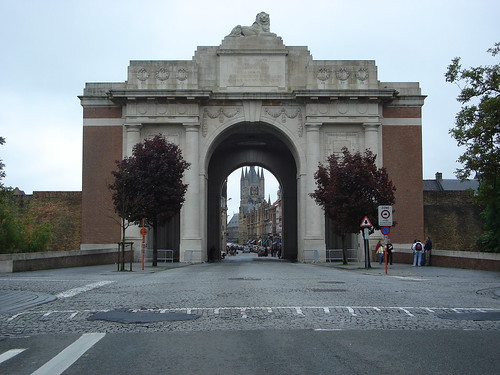
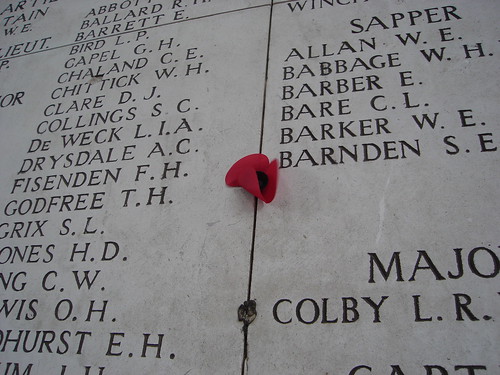
Poppy wreaths commemorate the fallen.
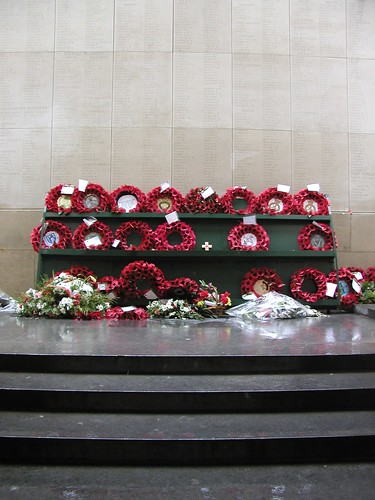


No comments:
Post a Comment